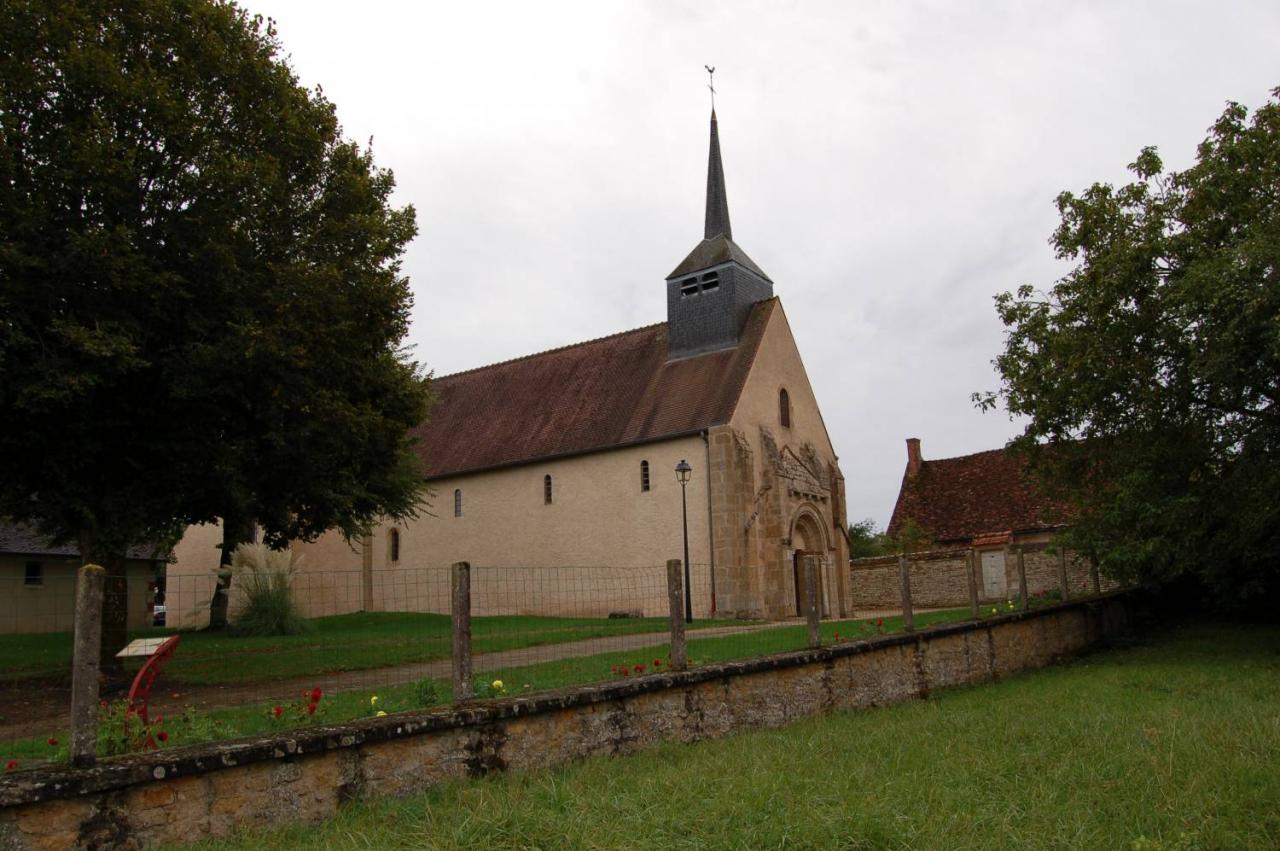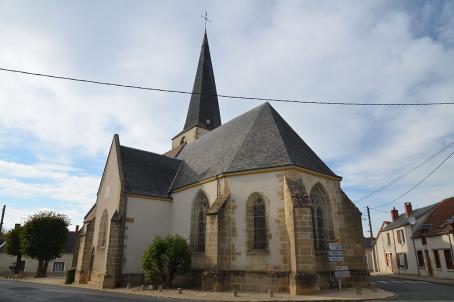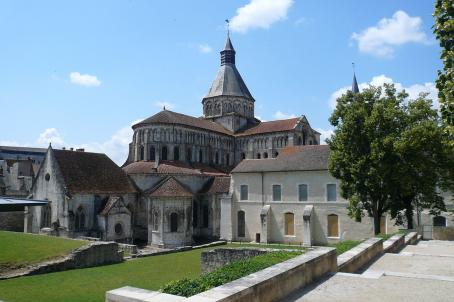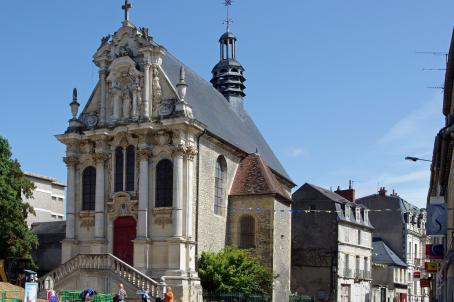Church of Notre-Dame
The Church of Our Lady of the Assumption is a 12th century Romanesque building located in Garigny and features a Romanesque entrance made of three rows of carved and molded stones, above which figures can be seen in relief. The nave (12th century) ends with a chevet which was modified in the 16th century. A bell tower and its octagonal spire house two bells. The capitals of the nave and transept are decorated with Romanesque sculptures.
About this building
The Church of Our Lady of the Assumption is a 12th century Romanesque building located in Garigny, in the Center-Val de Loire region. The building entrance is a (classified) semicircular arch formed of three rows of molded claveaux (carved stones). Above this entrance, another cap is adorned with relief figures. The nave (12th century), is built on a Latin cross plan and has a vault covered with oak paneling (18th century) forming a cradle ending in a chevet with a central apse vaulted in stone. A bell tower (eighteenth century) with an octagonal spire mounted on a four-sided pyramidal skirt, houses two bells.
In the sixteenth century the semicircular chevet was transformed into a flat chevet and the south side chapel was built with crossed ribs. The capitals of the nave and the transept are decorated with Romanesque sculptures (Jonah spewed by the whale, a character with a snake).
In the nineteenth century, the architect Guillard rebuilt the north side of the chapel in the Neo-Gothic style and changed the sacristy.
In the church there is a polychrome sculpture (seventeenth century) representing Christ on the cross and that of St John the Baptist (listed, sixteenth century) and an oil painting on canvas (eighteenth century) representing the Assumption of the Virgin Mary. A funeral liter is also visible in several places.






